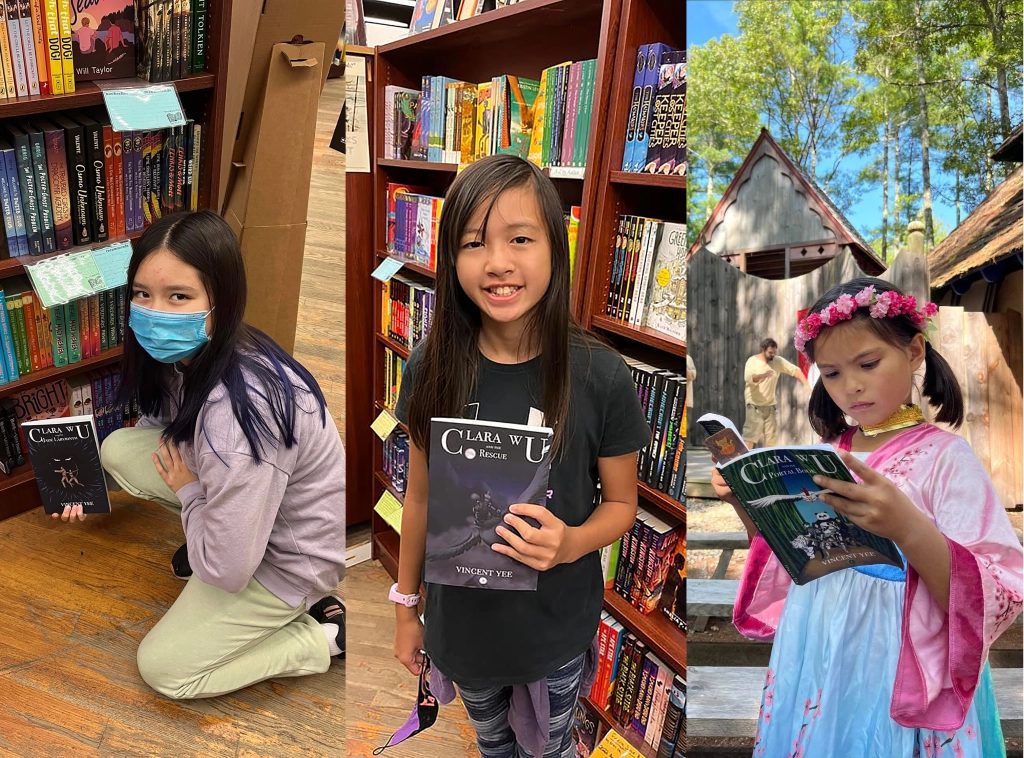
While the trend of book-to-movie adaptations has become excessive and (in some instances) disappointing in recent years, the January release of Women Talking, directed by Canadian filmmaker Sarah Polley, has proven to be an important exception.
Based on a real tragedy in a Bolivian colony, the 2018 novel by Miriam Toews follows a Mennonite community located in rural Canada where a stream of sexual assaults have affected the women of the colony. The story follows a subsequent meeting where an elected group of colony women must decide how to move forward in the aftermath of such violent and horrific crimes.
When a story as unique and powerful as this one is adapted for the screen, there is the fear that something will be missing in the translation. However, screenwriter Sarah Polley has managed to capture the essence of Women Talking while also opening the door for more conversations on the relationships between survivors of sexual assault.
A major difference that Polley utilized between page and screen was a shifting narrator. In the novel, the colony teacher August Epp takes the minutes for the women’s meeting and narrates through his notes. In the movie, our narrator is Autje, played by Kate Hallet, a teenager attending the meeting.
While this difference does not dramatically change the story’s content, it does change the audience’s perception of the events. The youthful voice of Autje recollecting the crimes against the women is enough to bring even the most stoic viewer to tears.
The movie emphasizes the divisiveness of the characters. Mariche, played by Jessie Buckley, believes that forgiving the men of their crimes is the only way to reach heaven, while Salome, played byClaire Foy, states that she can not forgive them and will turn her back on her religion if she is forced to stay.
Mariche, in fact, butts heads with each of the women, even accusing her sister Mejal, played by Michelle McLeod, of faking her panic attacks “for attention.” This survivor-on-survivor attack brings into question the responses to trauma and the different ways they manifest. Mariche is incorrect for attacking Mejal, but the audience is aware that this is a trauma response, and her later apology is both understood and accepted.
A new inclusion in the story was an emotional scene where Mariche’s mother Greta, played bySheila McCarthy, apologizes for her role of complicity by not protecting Mariche from her abusive husband.
Each scene of disunity among the women effectively shows the multifaceted path of assault survivors. There is not one clear-cut way to move forward, nor is there one way to deal with the years of struggle that these women had to endure and learn to overcome. But as Polley shows in the final scenes, it is possible to work together through these moments to prioritize recovery.
On January 24, the Academy Award nomination list was released, with Polley earning a nomination for Best Adapted Screenplay for Women Talking. A win for this movie would go a long way to encourage more media about sexual assault survivors and show audiences that these stories are necessary for our current social culture.
You can see Women Talking in theaters now.
Hannah Eaton, CambridgeEditors Team








